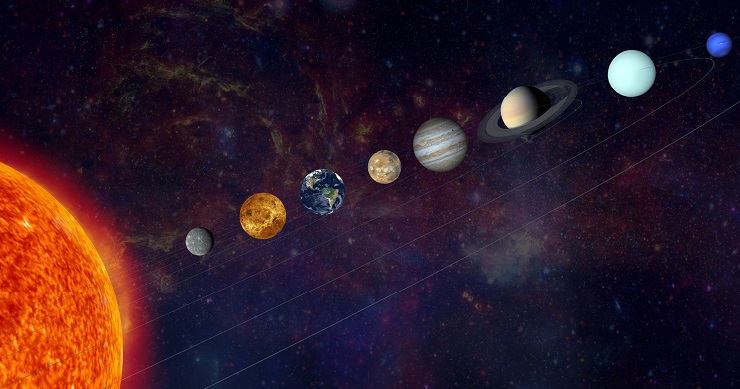Since 1992, nearly 5,000 exoplanets have been discovered, leading to the idea of a “Planet B” – a hypothetical planet that could serve as a backup for Earth. This concept has been prevalent in science fiction, influencing how we perceive such a place. However, there is a significant gap between the imagined worlds and the reality, as the details of real planets remain largely unknown.
The launch of the James Webb Space Telescope on December 24 aims to bridge this gap somewhat, by providing a sharper focus on distant places. The concept of other habitable planets has evolved over centuries, from the 16th century when we were discovering the “New World”, to the 18th century when writers began imagining different planets where humans could live.
This form of writing was a type of proto-science-fiction. True sci-fi emerged in the 19th century, as science itself became popular with the public. Many fictional planets are only somewhat Earth-like, often encompassing only one or two aspects of a real world. A shift in literary possibilities occurred in 1954, when author Harry Clement Stubbs published “Mission of Gravity”, a novel that imagines a planet with gravity up to 700 times stronger than Earth’s.
Stubbs’ work demonstrated how to create a whole new world from scratch, giving humans the sense that ours is not the only globe out there, and that others could be survivable, even if not totally Earth-like.
Key Takeaways:
- Nearly 5,000 exoplanets have been discovered since 1992, suggesting the possibility of another Earth-like planet, often referred to as ‘Planet B’, existing in our galaxy.
- The James Webb Space Telescope, set to launch on December 24, will enhance our understanding of these exoplanets, although the details about real planets often remain unclear.
- The concept of ‘Planet B’ has been a recurring theme in science fiction, shaping our perceptions of other worlds and giving rise to speculative narratives about how societies might function on these planets.
“Since 1992, astronomers have discovered nearly 5,000 exoplanets and estimate that our galaxy alone has billions and billions (and billions) more. Given those stats, it’s nice to imagine that light-years away, another orb like Earth might exist, awaiting discovery by enterprising humans.”
More details: here


Leave a Reply